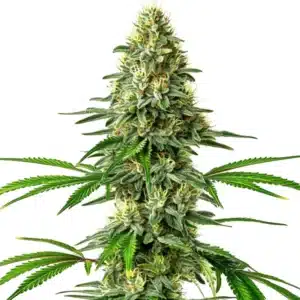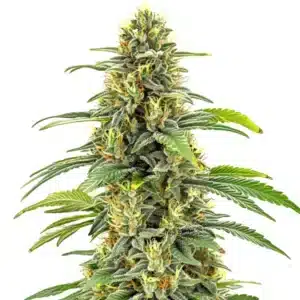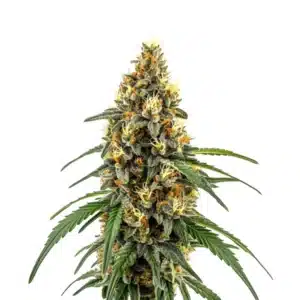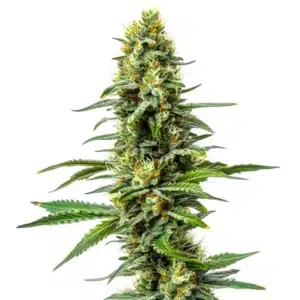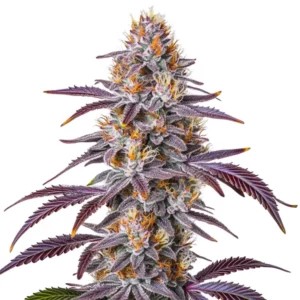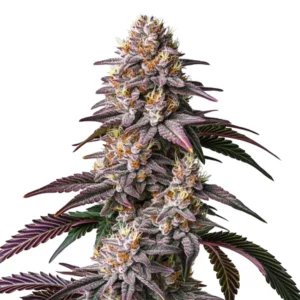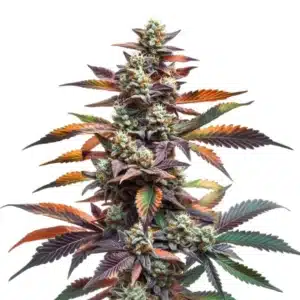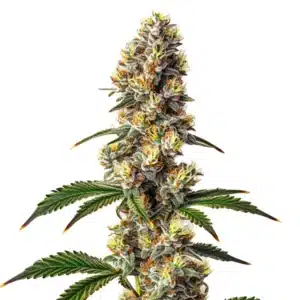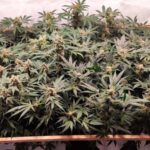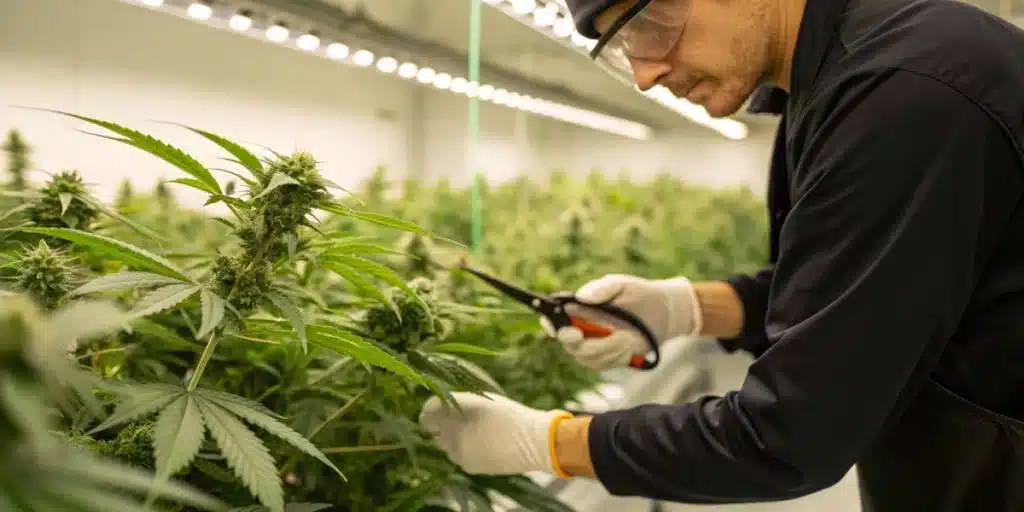
Defoliate During Flowering: Techniques & Tips
Grasping Defoliation
What is Defoliation?
Defoliation means intentionally removing leaves from a plant, especially during critical growth stages such as flowering. Growers use this horticultural technique to boost light penetration and improve air circulation throughout the canopy. By strategically removing specific leaves, cultivators redirect the plant’s energy toward producing larger and more abundant buds. This method may seem counterintuitive since leaves power photosynthesis, but smart leaf removal creates a more efficient growing environment that ultimately enhances yield and bud quality. Using proper techniques to defoliate during flowering can transform your garden.
Growers actively remove leaves that block light from lower bud sites, which increases energy distribution to productive parts of the plant. They carefully choose which leaves to remove based on their size, position, and shading impact. This deliberate process helps cultivate a well-structured canopy that maximizes photosynthetic activity where it matters most. Employing strategies to defoliate during flowering encourages vigorous growth and superior bud development while maintaining plant health.
Recommended Strains
Santa Muerte
|
|
THC | 18% - 20% (Medium) |
|
|
Type | Feminized |
|
|
Yield | High |
|
|
Phenotype | 20% Indica / 80% Sativa |
Santa Muerte FBV
|
|
THC | 17% - 20% (Medium) |
|
|
Type | Fast Flowering |
|
|
Yield | Medium |
|
|
Phenotype | 40% Indica / 60% Sativa |
Reasons to Defoliate During Flowering
Defoliating during flowering provides several benefits. One primary purpose is to guarantee that lower buds receive sufficient light. When leaves overshadow smaller branches, those buds struggle to develop properly. By removing obstructive foliage, growers ensure even light distribution, which creates a more uniform growth pattern throughout the plant. This technique improves overall yield and quality by focusing the plant’s energy on the most valuable parts. Many experts recommend that you defoliate during flowering to achieve these optimal results.
Another reason to defoliate involves boosting airflow within the dense canopy. A thick layer of leaves traps moisture and humidity, inviting mold and pest infestations. Growers trim excess foliage to open up the structure, reducing moisture accumulation and promoting healthier plants. This method also directs energy toward flower production rather than maintaining unnecessary leaves. Practitioners who wisely defoliate during flowering observe enhanced bud formation and overall plant performance.
Promos & Deals
Timing and Methods
Best Time to Defoliate
Timing proves crucial when you decide to defoliate during flowering. The optimal period usually falls during the early flowering stage, around weeks 2 to 4. At this time, plants establish their structure and shift focus toward bud formation. Removing leaves too early stresses the plant, while waiting too long hinders light penetration and reduces yield. Cultivators closely monitor plant development to determine the perfect moment to act. Many experienced growers insist that you defoliate during flowering at the right stage to maximize benefits.
Observation remains the key to success, as each strain reacts differently to defoliation. When you watch your plant’s growth pattern carefully, you gain insights into its needs and can plan your defoliation accordingly. Experimenting with small-scale removals in different areas of the plant lets you refine your technique. Strategic leaf removal during the optimal window consistently boosts overall productivity, so remember to defoliate during flowering when the conditions are just right.
Effective Techniques for Defoliation
Effective defoliation techniques often follow the principle that less is more. Begin by removing the largest leaves that block light from lower buds, rather than indiscriminately cutting leaves. A practical guideline involves removing around 20-30% of the foliage at one time to prevent plant shock. Using clean, sterilized scissors or pruning shears, you make precise cuts that avoid tissue damage. This hands-on approach ensures a smoother recovery and better outcomes when you defoliate during flowering.
You can combine methods like lollipopping, removing lower growth entirely, with selective leaf trimming on the top canopy. These techniques help shape the plant into a more open structure that enhances light penetration and air movement. By applying these active measures, you encourage vigorous bud development and minimize stress. Many growers find that regular, controlled defoliation during the flowering stage, when executed properly, significantly improves overall yield. In short, smart growers defoliate during flowering to achieve optimal results.
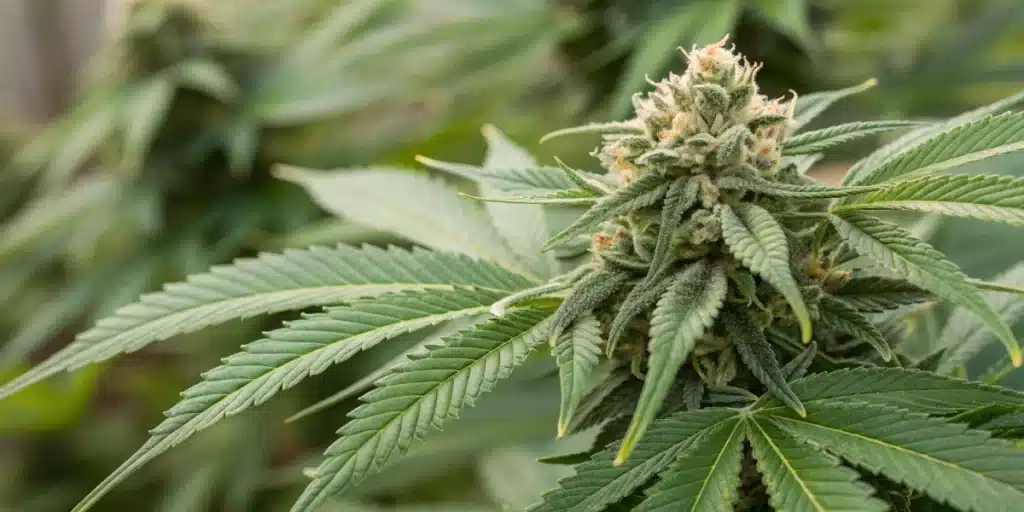
Benefits and Risks
Improved Light Penetration
One of the most significant benefits of defoliation is improved light penetration. When you remove obstructive leaves, more light reaches the lower buds, stimulating growth and increasing overall yield. Enhanced light exposure boosts photosynthesis and encourages the development of denser, more robust flowers. A well-executed defoliation process not only elevates bud quality but also ensures that each bud receives the energy it needs. Many cultivators believe that timely defoliation during flowering creates a brighter and more productive canopy.
Improved light penetration also reduces shading problems that weaken plant structure and bud formation. With better light access, every part of the plant grows more evenly, leading to consistent quality throughout. Growers notice that their plants display stronger, healthier stems and more vibrant foliage after they trim the obstructing leaves. This practice proves invaluable, especially when you defoliate during flowering with precision and care.
Potential Plant Stress and Drawbacks
Defoliation offers clear benefits, yet it carries potential risks that growers must manage. Removing too many leaves or trimming at the wrong time can stress the plant and stunt growth. When plants lose excessive foliage, they struggle to photosynthesize adequately, resulting in lower energy production and ultimately reduced yield. Many cultivators have observed that overzealous defoliation can lead to weaker plants that recover slowly. Always exercise caution when you defoliate during flowering.
Excessive defoliation also increases vulnerability to pests and diseases. Without sufficient foliage, plants lose their natural barrier against environmental stressors. This vulnerability demands extra care and vigilance to prevent infestations. Cultivators must balance the benefits of enhanced light and airflow with the risk of stressing the plant. Maintaining this balance remains essential, particularly when you choose to defoliate during flowering to avoid unwanted negative impacts.
Best Practices for the Flowering Stage
Optimal Defoliation Strategies
Achieving the best results requires optimal defoliation strategies that suit your specific plant and growing conditions. Begin by assessing your plant’s overall health, as robust plants handle defoliation better than stressed ones. A gradual approach works best; start by removing small sections and observe the plant’s reaction. This method minimizes shock and allows you to fine-tune your techniques. Many expert growers recommend that you defoliate during flowering in a controlled and measured manner.
Incorporate techniques like lollipopping and selective leaf removal to create an open canopy that maximizes light exposure and airflow. By combining these methods, you promote vigorous bud development and prevent issues like mold growth. Constant observation and adjustment will help you perfect your approach. Smart growers actively defoliate during flowering by making incremental changes that boost overall plant performance and yield.
Maintaining Overall Plant Health
Maintaining overall plant health remains a priority when you trim foliage during flowering. Provide your plants with ample nutrition and water, and monitor environmental conditions closely. A healthy plant recovers quickly from defoliation and produces better yields. Cultivators must manage humidity, temperature, and light intensity to support recovery after defoliation. Integrating techniques like low-stress training complements your efforts to defoliate during flowering effectively
Consistent care and attention to plant nutrition further support vigorous growth. Regular feeding schedules and appropriate nutrient solutions help the plant bounce back from leaf removal. A balanced approach to cultivation, where you nurture the plant while actively managing canopy structure, leads to a thriving flowering stage. Many experienced growers ensure they defoliate during flowering only when conditions promote robust recovery and optimal plant health.
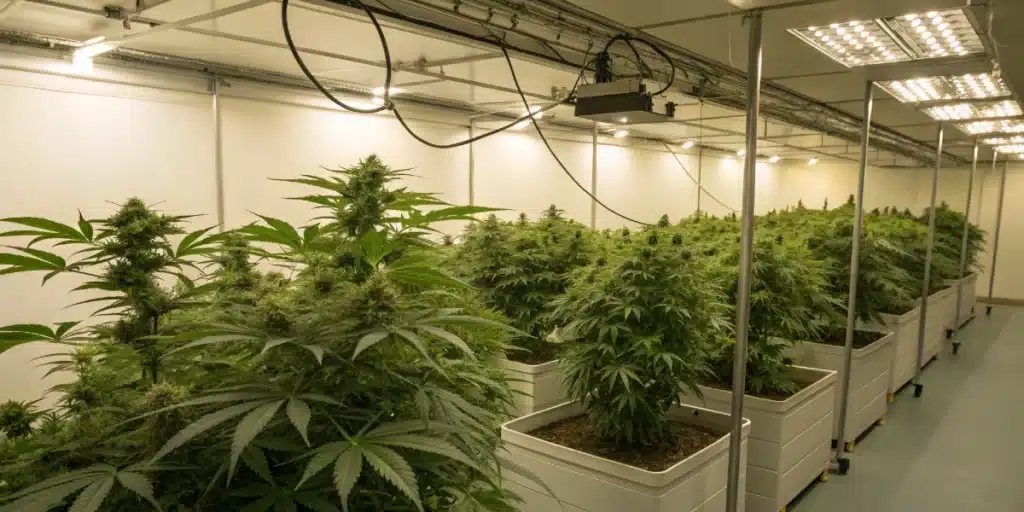
FAQs about defoliate during flowering
When is the best time to defoliate?
The best time to defoliate falls during the early flowering stage, typically around weeks 2 to 4. This period allows the plant to establish its structure while beginning to produce buds, ensuring that the benefits of increased light penetration and improved airflow are maximized. You should observe your plants closely, monitoring their development and overall health, to decide the perfect moment to remove leaves without causing undue stress. This careful timing supports optimal bud growth and overall yield.
How many leaves should be removed?
Aim to remove about 20-30% of the foliage at once, focusing primarily on the largest leaves that block light from reaching lower buds. This selective removal helps to promote better light distribution and airflow throughout the plant. You should adjust the amount based on the plant’s current condition, ensuring that enough leaves remain for healthy photosynthesis while still opening up the canopy. Gradually removing foliage in stages minimizes shock and helps maintain the plant’s overall vigor.
Can defoliation negatively affect yield?
Yes, improper defoliation can negatively affect yield if you remove too many leaves or trim at the wrong time. Over-trimming or removing essential leaves can lead to reduced photosynthetic capacity, causing the plant to struggle in energy production and ultimately lowering its overall yield potential. Always monitor the plant’s response to defoliation and adjust your strategy accordingly to maintain a balanced canopy. A carefully managed defoliation plan supports healthy growth, while excessive leaf removal can hinder bud development and overall plant productivity.


